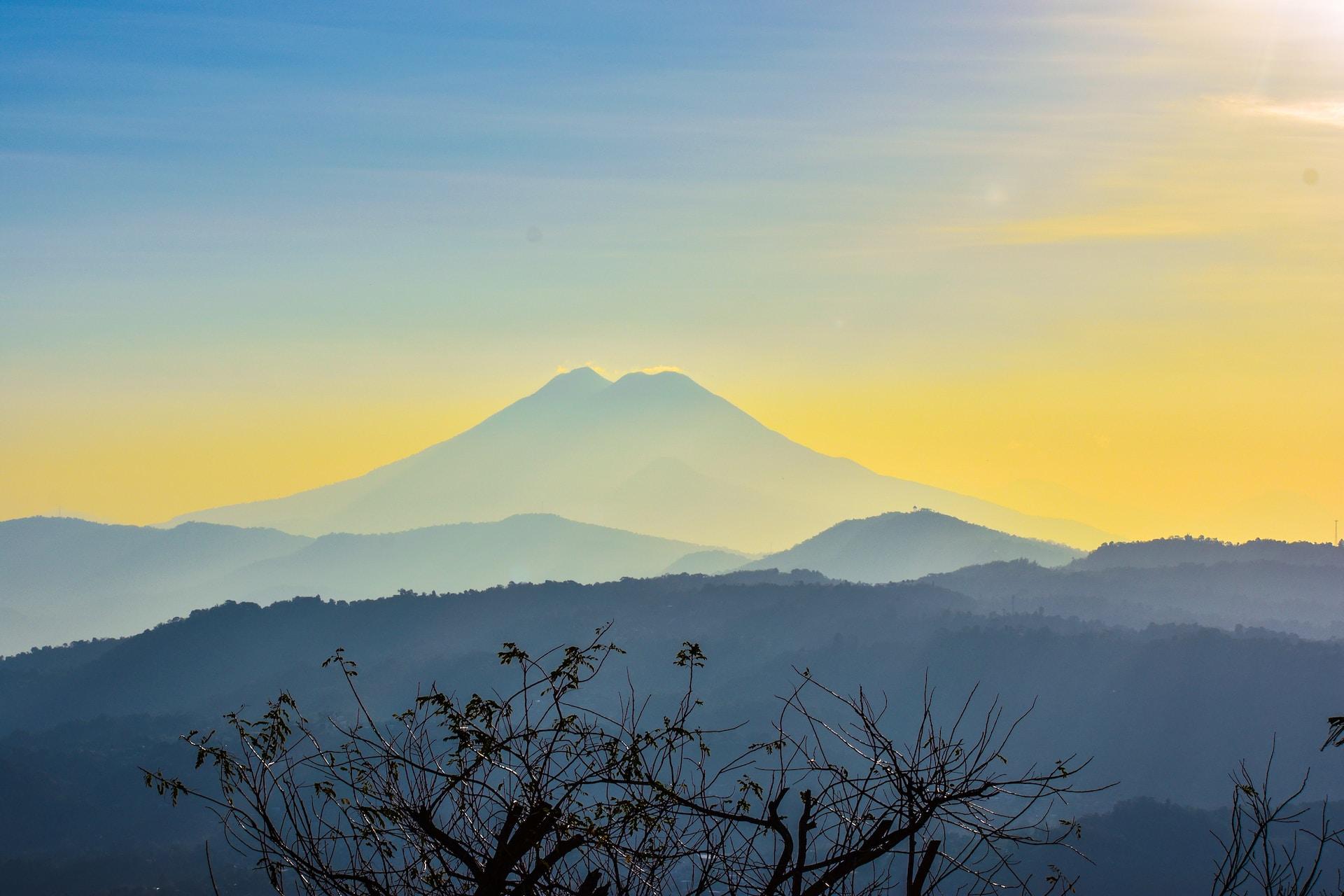
El Salvador – the unjustly neglected country of Central America

El Salvador – the unjustly neglected country of Central America
El Salvador is the smallest country in Central America, which few travellers go to. Although it's only 21,000 square kilometres, it offers plenty of volcano treks, thermal springs, smiling Salvadorans, and a progressive capital. We've travelled through all 7 countries in Central America, and when someone asks the question of where we liked best, we unanimously say El Salvador. Why, you ask? What does such a small country have to offer? You might be surprised, but there is a lot.
Smiling people
It may not be that important to some, but local people always play a big part in our travels. Our curious eyes naturally want to see the beauty that a country has to offer, but we mainly look around and observe the behaviour of the locals. Immediately after we crossed the border, we encountered people every day who just smiled, waved, or said hello for no reason. This kind of thing had hardly ever happened to us before. Maybe it's due to the fact that in El Salvador tourism is not so widespread, and locals simply appreciate foreign visitors.
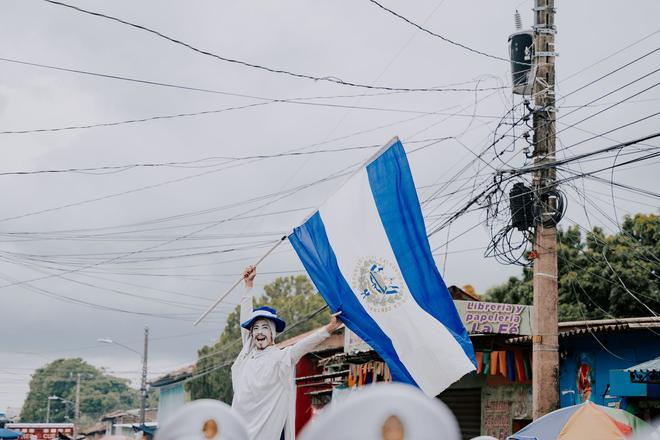
A habit that started to drive us crazy over time – charging tourists more than the official price. We encountered this trick everywhere we went in Central America, except El Salvador. El Salvador is one of the poorest countries in Central America, so it would be understandable that they would want to gouge tourists on price, but not once did this situation happen to us. Whether it was bus fares, market purchases, or entrance fees, we always paid the same price as the locals (in other Central American countries, tourists usually pay twice as much as locals).
Climbing volcanoes
The biggest and most famous attraction is the trek to Santa Ana Volcano. The state has a total of 23 active volcanoes, but this volcano is distinguished by a green pool inside the crater, and with its 2,318 m elevation it is also the highest volcano in the country. The climb is not particularly difficult, with most of the journey on nice trails, with occasional large boulders, and only near the very top does the terrain change to slippery volcanic sand. It will take you about 1.5 hours to get up.
The climb up to San Salvador Volcano, or Quetzaltepec by its other name, in Boqueron National Park is not difficult at all, as you can get right to the bottom of the peak and only have to climb the last 50 metres. At the top, you'll have a view of the 1,500 metre crater. Today this volcano looks harmless and hundreds of tourists head here every day, but in the past it destroyed more than just the capital of Salvador. In 1917, the lava flowing from Quetzaltepec even flowed out to sea, which is almost 50 km away.
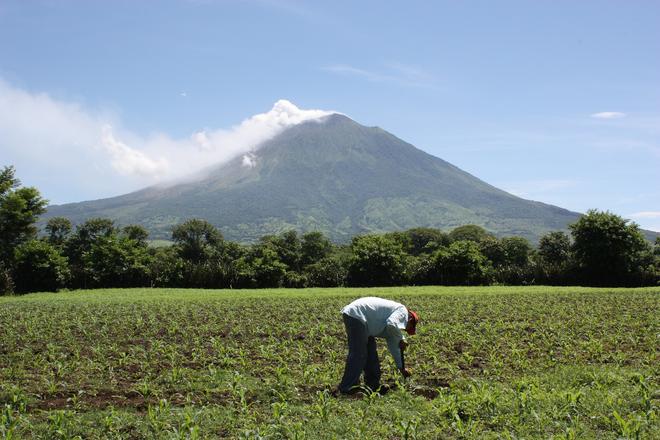
The youngest volcano in El Salvador is the Izalco volcano, which is one of the most difficult to climb. It is recommended for people in very good physical condition, as the elevation and terrain are not for beginners. The ascent to 1950 m above sea level will take you approximately 2 hours.
Bathing in the thermal springs
As Salvador is surrounded by volcanoes, some of which are still active, you can bathe in some of the thermal springs that are heated by the volcanoes. Actually, the idea of bathing in the thermals appealed to us at first, but when you have to get into hot water in nearly 40 degrees, it's not so great. Anyway, the most visited are the Santa Teresa Hot Springs. These are natural pools that are a bit modified. However, if you want a more natural and deserted thermal, we recommend Salto de Malacatiupan. This is a thermal waterfall that you can get under and have your back massaged.
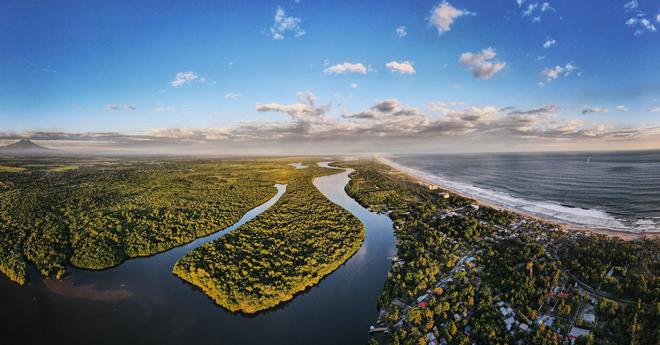
If you're not interested in thermal springs and are looking for a place to cool off, head to the largest lake – Lago de Coatepeque, which is in a crater and of volcanic origin, but the water is pleasantly cool. Getting to the lake itself is a little trickier, as the whole place is besieged by hotels and private properties, so one way to get here is to pay to enter a hotel, or to splurge at a restaurant. We got to the lake through Captain Morgan Hostel. This is the most private lake in the world, and unfortunately even locals can't get in for free anymore and are actively fighting against it.
Another great and cool swim we recommend is at Tamanique Waterfalls. The water is pleasantly cold, but on the way back you have to count on a proper climb up. Not at all recommended for anyone with heart, breathing, or knee problems.
Ruta de las Flores
A most colourful journey full of tradition, history and gastronomy. The six towns of Ahuachapán, Concepción de Ataco, Apaneca, Juayúa, Salcoatitán and Nahuizalco are connected by the Ruta de Las Flores. Each of them has a lot to offer, but if you have limited time or travel by public transport, you can at least reach Apaneca and Juayúa, which are the most interesting tourist destinations, in one day.
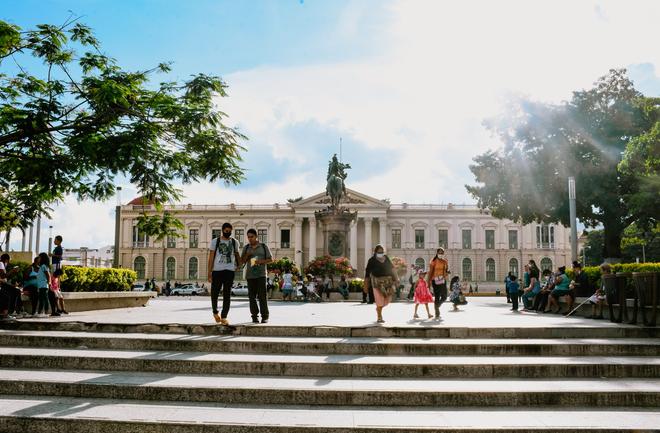
Apaneca attracts visitors by a visit to Café Albania. In addition to the café, it offers an "adrenaline fun centre" where you can try the zip-line, corn maze, free fall, and colourful slide.
Juayúa will particularly appeal to food lovers. Every weekend since 1997, Juayúa has hosted a gastronomic festival – Feria Gastronomica. During the weekend, you can sample all kinds of dishes in the main colonial square, from traditional Pupusa pancakes to seafood and exotic fruits. There's something for everyone. The great advantage of ordering food is that you can see the already prepared sample plates of food and get exactly what is on display. Pupusas by the way, are a traditional dish served throughout El Salvador. It's basically a stuffed pancake. The filling can be cheese, beans, or salami.
Beaches
El Salvador is bathed only by the Pacific Ocean, which is especially popular with surfers. So if you're a wave-riding enthusiast, you'll love El Tunco. It's more of a 'gringo town' than a traditional Salvadoran colony, but it's still a place with a vibe. El Tunco is also interesting because of its black volcanic sand beach. Unless you're a surfer or on holiday with kids, you won't enjoy swimming in the ocean anywhere in El Salvador, unfortunately.
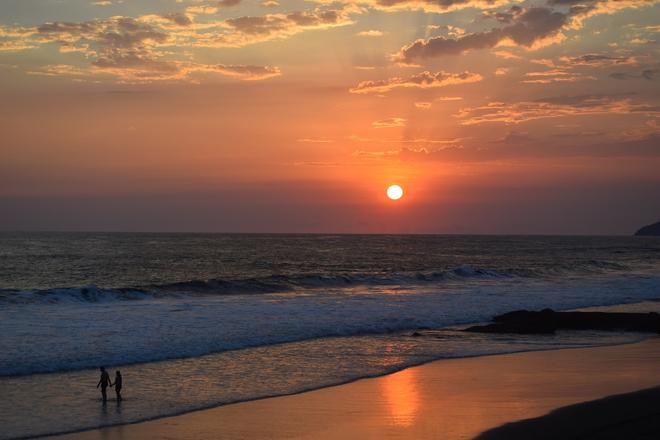
The capital city
Even though El Salvador is all about the outdoors, staying in the capital for a few days – San Salvador – is very worthwhile, and good for getting your bearings. In doing so, you can explore the place a bit and you'll find that there are plenty of nice sights to see. You may notice, for example, that the government is trying to modernise the centre by installing all the electrical cables in the ground so that there are no wires hanging everywhere. The National Theatre is definitely worth a visit, and the cathedral in the main square.
Interesting side note
Did you know that as of 2021, Bitcoin is the official currency of El Salvador, in addition to the US dollar? This is the first country where you can pay in shops with this cryptocurrency.